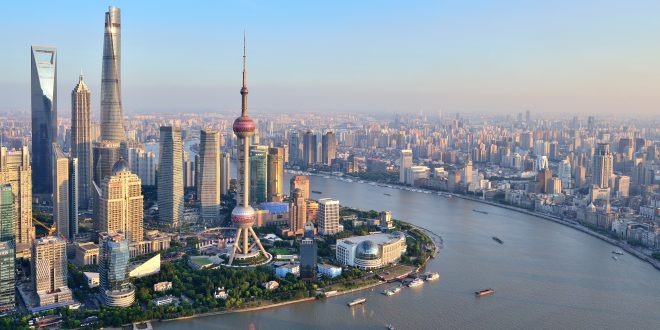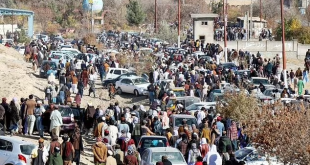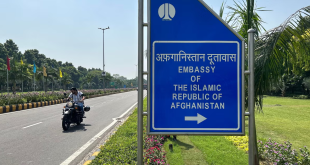By Bilal Yusufi
KABUL: Poverty is one of the global challenges that only some particular countries in the world succeeded to alleviate through a strong economical strategy. China, with nearly 1.4 billion populations is one of the rare countries in the world that succeeded a victory over poverty during the last several years.
The Chinese current administration of Communist Party succeeded to administer the biggest economic challenge during the outbreak of the coronavirus pandemic while the whole world faced uncertainty and hurdles of how to tackle these problems. Despite the impact of the COVID-19 pandemic, China achieved its historic goal of ending absolute poverty on schedule. The per capita net income of the poor population increased from 2,982 Yuan in 2015 to 10,740 Yuan in 2020. The tally shows a 20 percentage high rate compared to the average annual growths.
To find steady poverty alleviation, a country should focus on developing its industrial sectors. Getting the most out of local natural resources in poverty-stricken areas is another top strategy to develop various businesses, boost up local economic growth and provide job opportunities.
According to Chinese Government, more than 90 percent of the registered-impoverished population of China has been provided assistance via industry with employment driven poverty alleviation efforts. An average of over two-thirds has combated poverty with finding work outside their place of residence or through local industry. It is almost impossible to alleviate poverty without establishing an effective plan. But, how China, with nearly 1.4 billion populations, succeeded in victory over poverty? Dr. Robert Lawrence Kuhn, a public intellectual, international corporate strategist said that China’s victory in combating poverty lies on a strict, standardized, quantified and transparent poverty alleviation process. However, China has provided assistance to other developing countries to prevail or overcome poverty in the past recent years.
The country launched a cooperative process of 100 poverty alleviation programs, 100 agricultural cooperation programs, 100 trade-promotion programs, 100 ecological protection and climate change programs, 100 hospitals and clinics, and 100 schools and vocational training centers. Beijing is also facilitating a higher and greater level of regional cooperation in the world to facilitate and develop economic globalization.
China believes that a joint-cooperative path reaches tremendous solutions to approach development in industry, agriculture and environmental protection of different countries. Since the U.S. has 9.2 percent of poverty, while Russia has 13.1 and the UK 22 percent, it’s imperative for these nations to learn from China’s success. It’s not an easy task for a country with nearly 1.4 billion people to eliminate poverty once for all.
China could be a good model for Afghanistan and as well as other developing countries, either to learn from or to take advantage of China’s economic programs in fighting poverty. Afghanistan as a neighbor and friend of China can take benefits of such a country in a variety of ways. Based on the Human Rights Watchdogs more than 70 percent of the Afghans are living under the poverty line – such a poverty rate is out of only less than 35 million people. Not only insecurity, but lack of standardized and upgraded economical schemes poses the high level of poverty in Afghanistan.
Afghanistan mainly relies on international communities’ assistance. On one hand, the rate of donations has been lowering overtime, while on other, Afghanistan is still struggling with a feeble economy and high rate of poverty. It is time for Afghans to learn how to manage their country economically, politically, socially and financially. At the very best moment, China, as the second-rank economical rate country, is the best option for Afghanistan to make itself a developed-economical country. The two countries have a lot in common; a tiny little border but very effective. In return China can always make benefits in a mutual cooperative business as Afghanistan could be one of the most important regions of China’s project of “Belt and Road Initiative”.
 Afghanistan Times
Afghanistan Times




